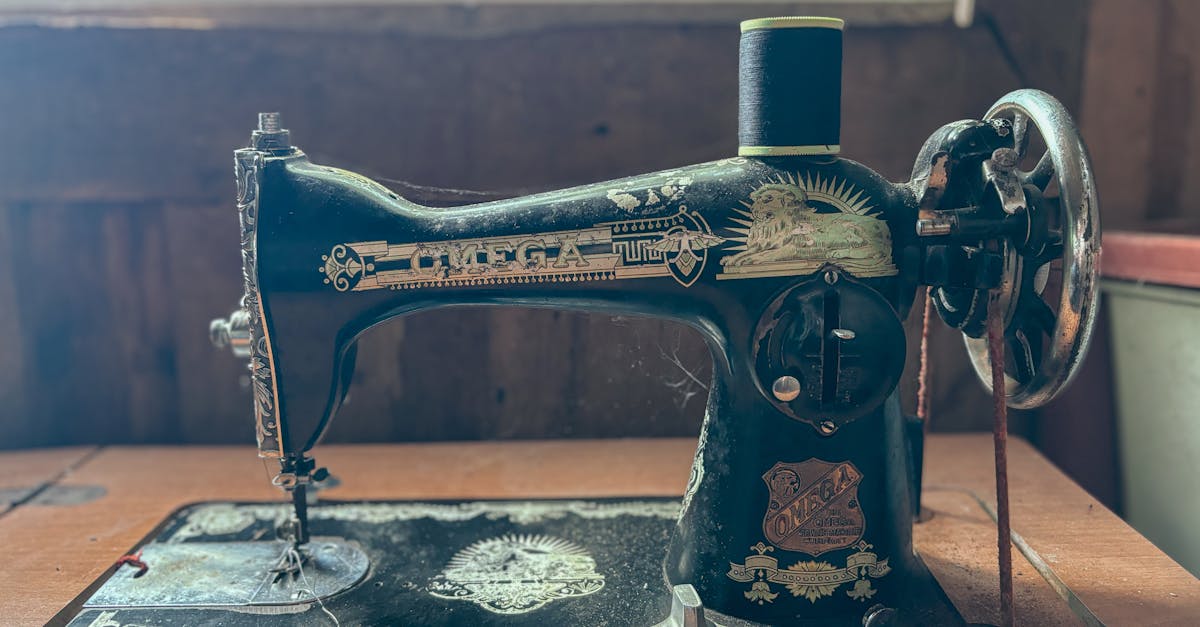Signs Your Oven is Cooking Unevenly

Table Of Contents
The Role of Oven Seals
Oven seals serve as a crucial barrier that maintains the desired temperature inside the oven. These seals prevent heat from escaping and ensure an even distribution of warmth throughout the cooking area. A well-functioning seal traps heat effectively, which is essential for optimal cooking results. If the seal is compromised, heat loss may occur, leading to inconsistent cooking performance that can cause frustration.
Deterioration of the oven seal can occur over time due to wear and tear or exposure to high temperatures. Signs of a failing seal may include visible cracks, gaps, or loss of elasticity. Regular inspections are advised to catch any issues early. Addressing any damage promptly can restore the oven's efficiency and enhance the quality of your meals, ensuring even cooking experiences.
Importance of a Good Seal
A well-maintained oven seal plays a crucial role in the appliance's overall efficiency. It prevents heat from escaping during the cooking process, ensuring that food cooks evenly and retains moisture. Worn or damaged seals can lead to temperature fluctuations, which may cause certain dishes to overcook in some areas while remaining undercooked in others.
Regularly inspecting the oven seal can help identify any issues before they affect cooking performance. If the seal shows signs of wear or fails to create a tight closure, replacing it can improve the oven's ability to maintain consistent temperatures. This simple maintenance task can enhance cooking results and prolong the lifespan of the oven.
Issues with Oven Calibration
Oven calibration problems can significantly affect cooking performance. If your oven temperature is consistently lower or higher than the setting, the results will vary dramatically from dish to dish. This inconsistency can lead to undercooked meals or dishes that come out burnt. A simple test involves using an oven thermometer to compare the actual temperature with the dial reading, revealing any discrepancies that may exist.
To rectify calibration issues, some ovens allow adjustments to be made from the control panel. In cases where this isn't possible, recalibrating may require a professional technician. Regular checks ensure that the oven maintains the correct temperature, promoting even cooking and baking results. Addressing calibration promptly can enhance overall cooking efficiency and improve meal outcomes.
How to Check and Adjust
Checking the calibration of your oven can help identify any inconsistencies in cooking temperature. First, an oven thermometer provides a reliable way to assess the actual temperature. Place it in the centre of the oven and preheat to the required setting. Once the temperature indicator stabilises, compare the reading from the oven thermometer with the oven’s built-in display. If the readings differ significantly, your oven may require calibration.
If adjustments are needed, refer to your manufacturer’s instructions as calibration methods can vary. In most cases, this involves adjusting the temperature dial or accessing a control panel. Ensure the oven is off and cool before proceeding. After making the necessary adjustments, conduct another test with the thermometer to confirm accuracy. This process can significantly enhance cooking performance and ensure more consistent results in your meals.
Drafts and Airflow Challenges
Kitchen airflow significantly affects oven performance. If there are drafts from windows or doors nearby, they can disrupt the temperature balance inside the oven. This can lead to inconsistent cooking, with some areas becoming hotter while others remain cooler. A well-insulated kitchen space ensures that external temperatures do not influence the baking environment.
Proper ventilation is crucial for maintaining the ideal cooking conditions in your oven. Overly strong drafts or poor air circulation can cause fluctuations in temperature. If you're experiencing uneven cooking, consider evaluating the kitchen layout and adjusting curtains or screens to reduce airflow disruptions. Even small changes in the kitchen's environment can lead to noticeable improvements in oven performance.
Impact of Kitchen Ventilation
Proper kitchen ventilation plays a crucial role in ensuring even cooking temperatures within an oven. When airflow is compromised, it can create uneven heat distribution, leading to significant discrepancies in cooking results. Cooking in an enclosed space without adequate ventilation can trap heat and humidity, which may impact the performance of your oven. Good airflow helps to maintain a stable temperature, allowing food to cook uniformly.
External factors, such as drafts from windows or doors, can further exacerbate the issue. A windy day or unexpected breezes can disrupt the temperature balance in the kitchen, resulting in uneven cooking. Installing a range hood or ensuring windows and doors are properly sealed can mitigate these effects. Regular inspection of the kitchen environment can help maintain optimal cooking conditions.
FAQS
What are the common signs that my oven is cooking unevenly?
Common signs include uneven browning of food, longer cooking times than recommended, and food that is burnt on one side while undercooked on the other.
How do oven seals affect cooking performance?
Oven seals are crucial for maintaining consistent temperatures inside the oven. A damaged or worn seal can allow heat to escape, leading to uneven cooking.
How can I check if my oven is properly calibrated?
You can check your oven’s calibration by placing an oven thermometer inside and comparing the temperature it reads to the set temperature on the oven. If there’s a significant difference, your oven may need recalibration.
What impact does kitchen ventilation have on oven performance?
Poor kitchen ventilation can create drafts that affect the temperature inside the oven, leading to uneven cooking. Ensuring good airflow can help maintain a consistent cooking environment.
What should I do if I suspect my oven is cooking unevenly?
If you suspect uneven cooking, first check the oven seals and calibration. If those are fine, consider assessing your kitchen ventilation. If problems persist, consulting a professional technician may be necessary.
Related Links
Balancing Oven Heat: Tips for Even BakingThe Role of Oven Thermostats in Heat Distribution
The Impact of Oven Age on Cooking Consistency
How to Spot Hot and Cold Spots in Your Oven
Understanding the Effects of Oven Rack Positioning